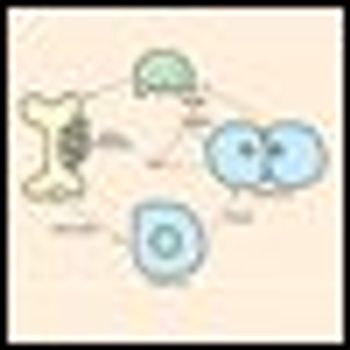
Cancer is a disease of the elderly, and its incidence and mortalityincrease with age. The number of persons with cancer is expected todouble between 2000 and 2050, from 1.3 million to 2.6 million, withthe elderly accounting for most of this increase. Studies have shownthat otherwise-healthy older patients treated with chemotherapy of similarintensity obtain benefits comparable to those obtained by youngerpatients. However, chemotherapy-induced neutropenia and its complicationsare more likely in older patients; they are also more often hospitalizedbecause of life-threatening infectious complications. Furthermore,most neutropenic episodes in elderly patients occur in the earlycycles of chemotherapy. To minimize the occurrence of chemotherapyinducedneutropenia, older patients are often treated with less-aggressivechemotherapy and with dose reductions and delays, which maycompromise treatment outcome. The proactive management ofmyelosuppression is therefore essential in elderly patients. Research todetermine the predictors for neutropenia has found that age itself is asignificant risk factor. The benefit of treating elderly patients withcolony-stimulating factors is well established, with their use beginningin the first cycle of chemotherapy being crucial for minimizing neutropeniaand its complications and facilitating the delivery of full-dosechemotherapy. Such prophylaxis should be routinely considered in elderlypatients with cancer treated with myelosuppressive chemotherapy.

